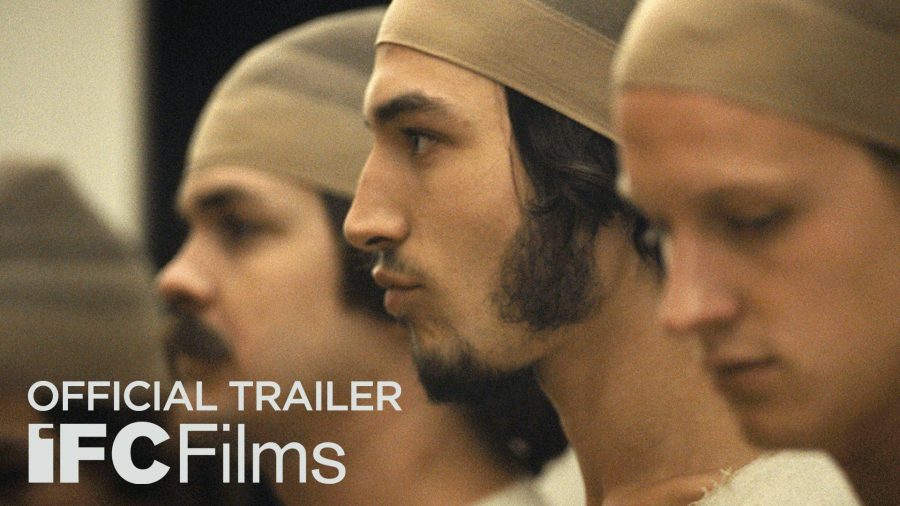By Jasmine Putney
[email protected]
“College students needed.”
Coinciding with the promise of $15 per day, this simple phrase in a newspaper ad lured in more than 70 Stanford University students.
After an interview and screening process, 24 unwittingly unlucky men were selected to simulate prison life for two weeks with Dr. Phillip Zimbardo and his team of psychologists at the helm. Six days later, the experiment ended, all of their lives had changed, and history had been made.
At 8 p.m. Sept. 25, The Stanford Prison Experiment opened at FilmScene, 118 E. College St. Screenings will continue through Oct. 1. Directed by Kyle Patrick Alvarez, The Stanford Prison Experiment won two Sundance Film Awards, including Best Screenplay.
I could say the film is based on the real-life events of the 1971 experiment, but that would be a severe understatement. After researching specific details of the study and viewing the media psychologists captured, I would say this movie is an exact replica of everything that occurred. With an impressive cast of young actors and Billy Crudup as Zimbardo, a movie has never made me feel so delightfully uneasy.
The “Stanford County Prison” was a hallway in the basement of Stanford’s psychology department. Emptied classrooms acted as cells. Standard laboratory doors were replaced with steel bars and cell numbers. A closet functioned as “the hole” to punish bad prisoners. Nine guards were divided into three shifts in order to ensure the prisoners remained under constant supervision. The film is largely starved of color, emphasizing the maddening effect of white walls and brown clothes. It begins with a light sense of humor. But when the “prisoners” are blindfolded during their arrest and later nakedly deloused, there is a significant mood shift.
Throughout, this film elicited an emotion rare to encounter in a trip to the movies. While elements of fear were present, as with many psychological thrillers, The Stanford Prison Experiment went beyond this. By so crudely revealing the actions of these students as well as blurring the line of reality for the viewers and the characters, the filmmakers strove to make the audience uncomfortable.
However, while The Stanford Prison Experiment was chilling, it was not suspenseful. Suspense indicates you are unsure about what is going to happen. But as the abuse from the guards begins and Zimbardo transforms into superintendent of the prison, you know all too well where the story is heading. It is precisely this lack of suspense and availability of outsider awareness that makes this film so powerfully thrilling.
Overall, The Stanford Prison Experiment creates an environment I simultaneously wanted to escape and to continue experiencing. With the surreal reminder that what you are watching was a reality for these students, The Stanford Prison Experiment is hypnotic. Whether or not you have previously studied the experiment, there is no doubt this film will fascinate you.
9.0/10



